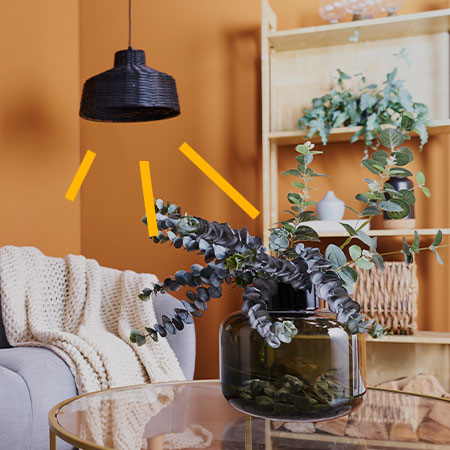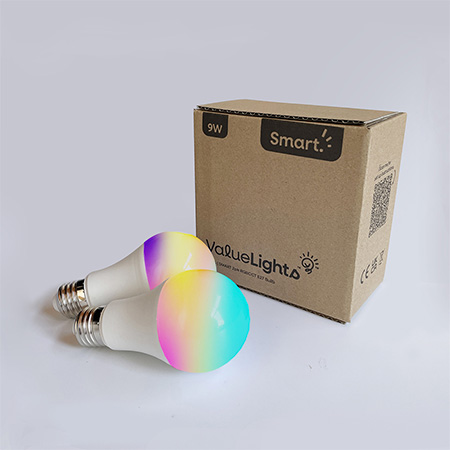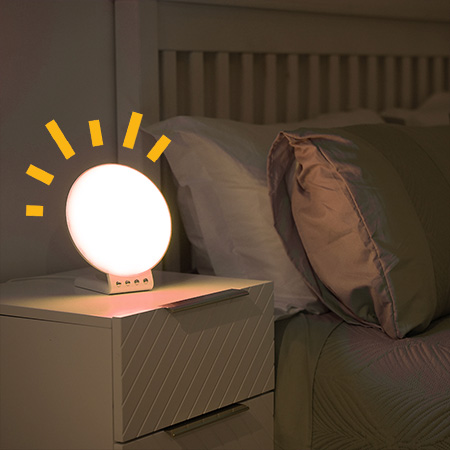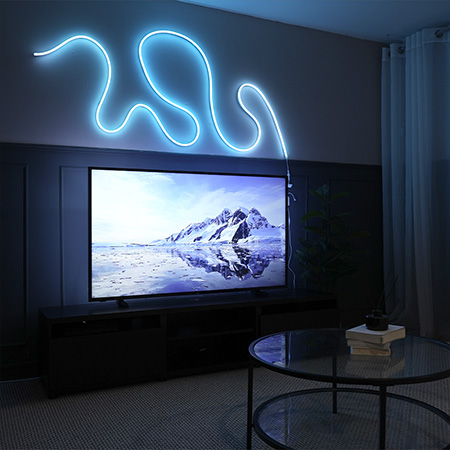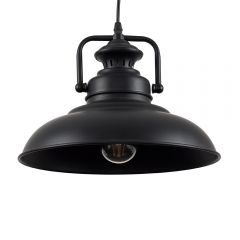Yes, IP rated lights are ideal for use in bathrooms and as kitchen and outdoor lights too. For example, have a look at these examples of some of our kitchen, bathroom, and outdoor lights with IP ratings:
www.valuelights.co.uk/shop-by-room/kitchen-lighting
www.valuelights.co.uk/shop-by-room/bathroom-lights
www.valuelights.co.uk/outdoor-lighting
We mentioned above what the IP number stands for, and although some websites differ on what IP means, they all agree that the ‘P’ stands for PROTECTION.
The IP code is used to identify the type of sealing strength around electrical items. The higher the number, the stronger the product is against those environmental elements like water, dust, or pressure. The number tells you how much protection is provided against those elements, that includes moisture in a bathroom.
The first number tells you about protection from solid objects and dust. This could mean protection from accidental touching from an animal or insect, or even prevent children from tampering with a light (especially if the bulb is encased). Children can and sometimes will touch outdoor lights, especially ones embedded in a flower bed or shrubbery.
The second number tells you about protection from liquids, which is probably more important to you. The main liquid being water.
The IP tables below will help you to get an understanding of the various types of IP code. The first table shows you what the primary number signifies:

